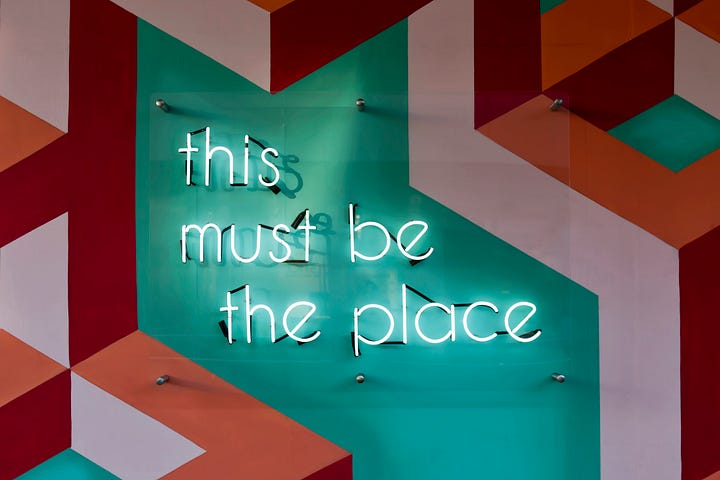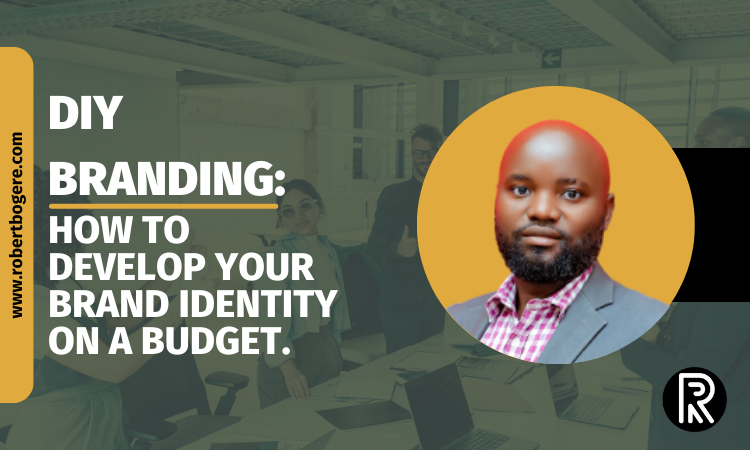Last Updated on Mon-Apr-2024 by Robert Bogere
If you’re out there thinking of brand experience as working on your marketing assets in more appealing way, then you’re missing out the real point.
Brand experience is beyond that. Working on brand experience, you aim to win the souls of your customer’s attention and loyalty by experimenting with your products or services.
Your brand goals may differ from one another. But you want customers to try your products and services or establish your brand as a leader.
The goal of your strategies is to see your customers get a good feeling, perceptions, and reactions about your brand from the efforts your brand puts out there.
In this insightful piece, you’ll know; how to develop a meaningful brand experience that generates an outstanding outcome for your business.
What is brand experience?
With brand experience, you’ve two (2) concepts to deal with — brand and experience.
As Marty Neumeier said, a brand is not a logo. It’s not an identity. A brand is not a product. A brand is a person’s gut feeling about a product, service, or organization.
Simply, a brand is a promise.
While on the other-hand;
Experience is encountered, undergone, or lived through. The act or process of perceiving events or reality.
That brings you to brand experience.
Brand experience is a collection of the sensations, thoughts, feelings, and reactions individuals have in response to a brand. Referring to the impressions of your brand.
Struggling to position your brand? Check out how you can position your brand
Importance of brand experience
Why is immersive brand experience so important? Why should you consider it? Why should it bother you? Positive feelings always make deeper relationships, encourage customers, and deliver outcomes.
If brands can create a lasting positive impression among their audience, such brands can drive sales and set the level for long-term loyalty.
39% of business decision-makers say their brands resonate with prospective buyers.
If it’s only 39% there’s a big issue. Immersive Brand experience helps to manage the evolution of the brands. Its focus is on brand loyalty. Brand experience gives rise to brand loyalty.
It allows to make and shape the perceptions and emotional responses of customers.
How to develop a brand experience
What does the brand experience look like in practice? How do brands build brand experience strategies that deliver ultimate results over time.

While, Ardini Insyirah of Digimind stated;
73% of customers view the brand experience as an important factor in their purchasing decisions behind the price and product quality.
Developing an outstanding brand experience should be the aim of every business. What does effective brand experience development look like?
There’re four (4) strategies you should focus on as mentioned by Doug Bonderud as below;
- Capture the feeling
- Involvement
- Personalization
- Prioritization
Briefly, perception forms a key part of the experience. With participation, instead of participating in various events only, also allow your customers’ participation, for example, by putting up suggestion submissions and direct seamless feedback about your experience.
With personalization, when a brand addresses me with my name, there’s a way how I feel. It looks like this brand knows me.
Doing it, I feel included and special. Try to put up systems to see customers’ personalized. Below look at how my bank addresses me whenever they’ve something to communicate to me. Try to put up systems to see customers’ personalized.

Prioritization, can’t be all things to all people. Try to prioritize your experience.
1. Capture the feelings
While it’s crucial to know your target audience, it’s better to work on your salience as mentioned by IPSOS in their report of building African brands.
Your brand to show its promise, it can utilize free trials and purchase by putting the brand in people’s hands by deploying one or other marketing technique, so that customers can experience the promise for themselves.
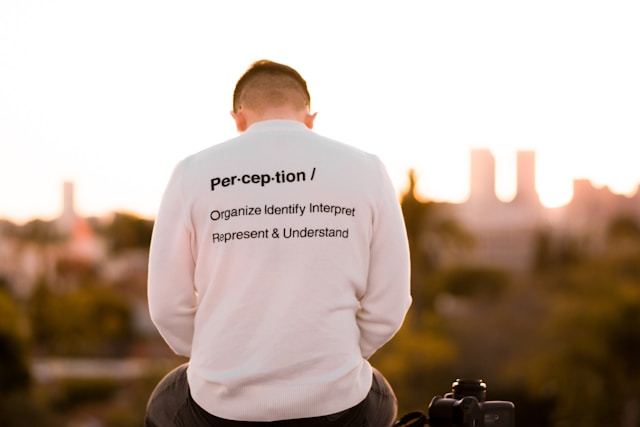
People who are recent users of brands typically have higher relationship ratings, perhaps a self-fulfilling prophecy, but the reason people will continue to use a brand is that it delivers on what it says it will, and they connect with it on a deeper level, to one degree or another.
That’s why some brands opt for free samples or free trials of their products or services as opposed to just print and digital marketing. Remember, what we mentioned earlier is that brand experience is beyond working on the marketing assets or items.
If a customer tried a free usage, it’s so hard for such customers to forget about your brand, hence building a great brand experience.
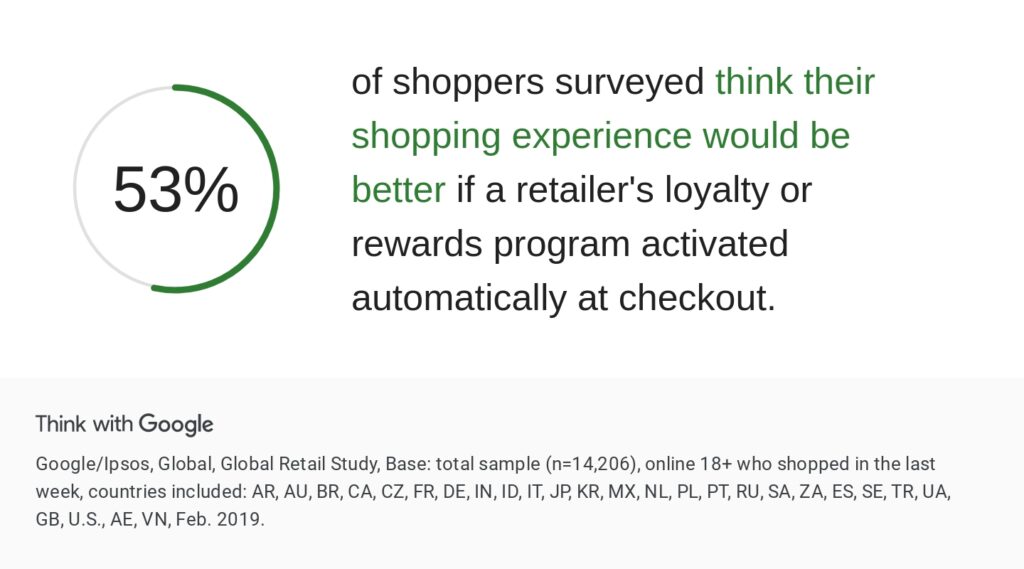
2. Involvement
You know we always participate in competitions or local, regional, and global events. Events are a great way for brands to win audience attention and loyalty through sensory appeal and extended exposure.

Make sure you involve your brand in events your target audience cares about. Review the calendar events of the year. Get involved in those which share the same values as your brand or business.
You either get involved or create your brand events. That way, you’re developing a powerful brand experience. You may look at events like marathons, seasonal TV shows, and challenges.
Review how Jack Morton uses AI to create great brand experiences.
Recently, we wanted to give voice to a character and give access to fans and attendees to engage with them by calling a phone number and leaving a message. Using AI, we scripted a voicemail inbox message in the character’s tone of voice and manipulated a recording to sound like an older gentleman using voice.ai. Creating a lo-fi interactive experience that felt intimate to those willing to call.
Kali Heitholt, Creative Director
Involvement in such events is better than focusing on the digital and print marketing stuff. Here execution requires careful timing and attention to detail, but when done right, it can be pretty powerful.
3. Personalization
Harness the tools to create more personalization. While your brand needs to work on its story, you need to figure out how to be part of your customer’s story.

When a customer feels valued and treated with empathy and with a more customized user experience, they’re more likely to remain brand loyal.
Many attendees value personalization to feel included and special. It makes a brand feel more authentic. In our invitations to fans, we created personalized notes and a dossier enhanced by AI. We even allowed them to text our characters, generating responses with AI. By staying in the story and event narrative, attendees felt completely immersed in the world of the event.”
Kali Heitholt, Creative Director
By prioritizing personalization, marketers can achieve great goals and gain the trust of their customers.
4. Prioritization
As said earlier, brand experience can’t be all things to all customers. One doesn’t fit all. You don’t need to target every stuff. You need to be selective.
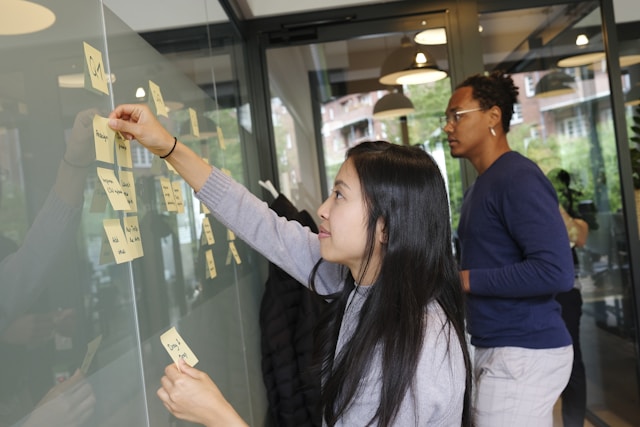
Discover: The effective brand positioning strategies you can use for your brand.
Examples of brand experiences
Brand experience isn’t limited to anything. Take the example of the Zoho brand. They create an immersive hands-on brand experience by telling their target audience to try their CRM system for free.
When someone tries your product or service for free, she can’t forget about your brand in case they liked the experience of your stuff.
1. Hubspot
It allows its target audience to use its free resources, like web themes and templates. Studying its online free courses.
When you search online, it’s hard for people who talk about free courses, not to mention Hubspot courses. This way, it’s building a great brand experience.
2. Cadbury India
The above brand once produced a campaign for consumer suggestions in creating their new chocolate bar flavor.
Customers were told to visit the chocolate bar platform that let them select ingredients and create a recipe. Cadbury tried all the suggested recipes and selected the best of those submitted by the customers.
By prorating engagement to simple reaction, such a brand made a consumer connection and inspired customers to see chocolate bar manufacturing as a togetherness effort rather than a corporate endeavor, in turn developing a community-based brand experience.
3. Robert Bogere
I use such content to keep people like you engaged and informed. Since brands differ, others can use newsletters, quizzes, polls, and other online resources like courses to keep engaging their audiences.
Think of colorful organized imagery, audio, and video content. This can help brands tell their stories in a way that appeals to their audiences.
How brand experience look like in reality?
Take an example of a food brand—a fast food brand. Such a brand shouldn’t provide only chips per say to its customers. It should go the extra mile to offer like meal planners, recipes, and tips on preparing such food.
You’re helping your customers to prepare their own food experience with inspirational content, hence developing your brand experience. In this case, you become a full resource in the fast food space.
Think of a poultry brand
In case you’ve a brand offering poultry products, you know your products should be at farms. Not so? But your brand products shouldn’t only be at farms or suppliers’ outlets.
You should try to provide content to your customers who buy such products as farmers and suppliers.
Your products should be more than poultry products, but a complete brand experience for your customers. This way, your brand is trying to be different from other competitors.
Where do you need us?
It’s quite a hard question, but simple to answer. Since brands are unique in nature, not every strategy apply to every brand. Your brand may need only 1 or 2 of the above strategies or others like a bundled offering.
For example, the free trial strategy when building your brand salience. At the execution stage, your team may overdo it and in the end downgrades the value of your product offering.
This is where you need us by booking our free strategy call. Feel free to talk to us to know how this can be done.
Need to develop your brand essence? Read this insightful piece
Recap of developing a great brand experience
Immersive brand experience builds a stronger connection between your brand and targeted audience through empathy so you can have a true and real conversation to know your customers and align your business and marketing methods as per their needs.
How your target audience feels about your brand before, during, and after their interactions can leave a lasting effect on whether they consider your product again and if they would recommend your brand to others.

